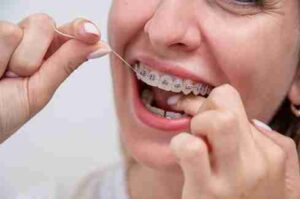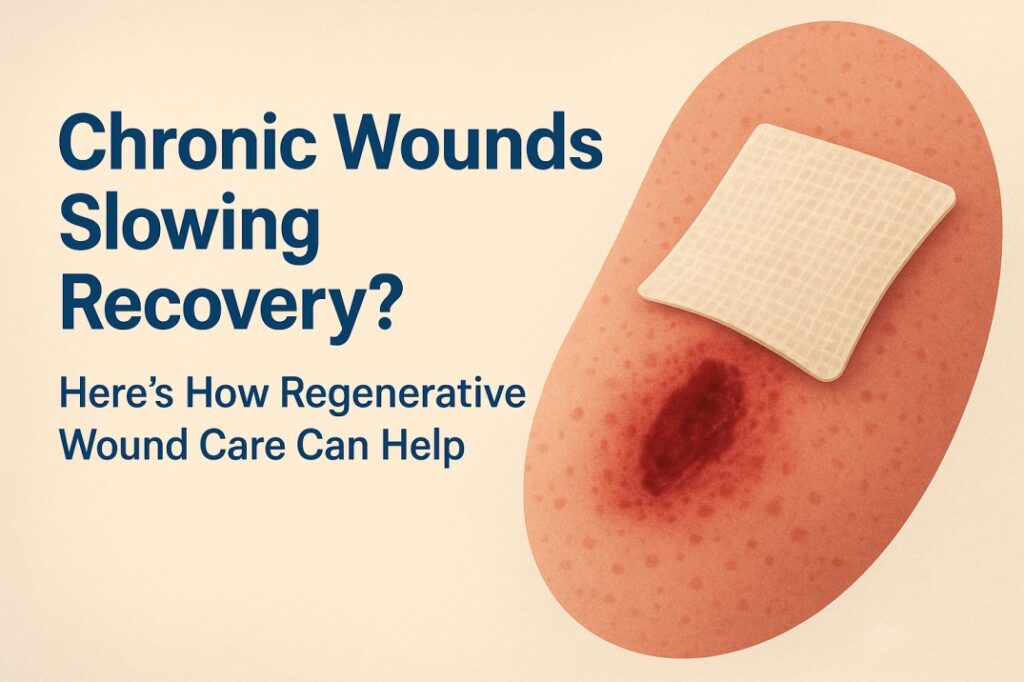Orthodontics has come a long way from the days of bulky metal brackets and wires. What was once an uncomfortable and often highly visible process has now transformed into a sophisticated, subtle, and more personalised treatment journey. As technology continues to advance, so do the options available to patients seeking a straighter smile, without the metal-mouth stigma.
Whether you’re a teenager hoping to boost your confidence or an adult wanting a discreet solution to crooked teeth, clear alternatives to braces offer a compelling solution. This blog explores how orthodontics has evolved, the advantages of clear aligners, and what to expect if you’re considering making the switch.
The Evolution of Orthodontics
Traditional braces have been used for over a century, starting with metal bands wrapped around each tooth. Over time, metal brackets became smaller and more comfortable, but issues like visibility, dietary limits, and upkeep often made them less desirable. Today, orthodontics has evolved dramatically. Modern treatments focus on aesthetics and patient comfort, thanks to innovations like clear materials, digital imaging, and removable aligners.
Key advantages of modern orthodontics include:
- Subtle appearance, ideal for public-facing roles
- Enhanced comfort compared to traditional braces
- Greater flexibility with removable options
- Improved precision through digital technology
This shift makes orthodontic care more discreet and convenient, especially for those concerned about appearance during formal events or professional settings, where traditional braces might lead to self-consciousness.
What Are Clear Alternatives?
Clear orthodontic treatments are designed to provide effective teeth straightening without the look and feel of traditional braces. These include options like Invisalign, clear ceramic braces, and other removable aligners.
Here’s a simple comparison:
| Feature | Clear Aligners | Traditional Braces |
| Appearance | Nearly invisible | Highly visible |
| Comfort | Smooth edges, no wires | May cause discomfort |
| Removability | Yes | No |
| Oral Hygiene | Easier to maintain | Requires extra care |
| Eating Restrictions | Minimal | Many |
| Duration | Varies, often shorter | Can be longer |
These options offer a significant aesthetic advantage while delivering comparable results in many cases. The key is finding the right match based on the complexity of your dental issues.

Are Clear Aligners Right for Everyone?
Clear aligners are suitable for a wide range of orthodontic concerns, but they’re not a one size fits all solution. Ideal candidates typically have mild to moderate misalignments, such as:
- Crowded teeth
- Gaps
- Overbites, underbites, or crossbites
However, more complex issues, like severe bite problems or significant crowding, might still require traditional braces. In some cases, orthodontic work is used alongside restorative treatments, such as a dental implant Edinburgh plan, especially when repositioning teeth is necessary before implant placement.
A professional consultation is essential to assess your needs and determine the most effective treatment.
The Technology Powering Modern Orthodontics
The transformation in orthodontics is largely due to technological advancements that offer improved precision, comfort, and outcomes.
Key innovations include:
- 3D Scanning and Imaging: Digital scans replace traditional dental moulds, offering more comfort and accuracy.
- Custom Treatment Planning: Software models each movement your teeth will make, allowing predictable results.
- AI Monitoring: Some platforms use artificial intelligence to track your progress remotely, making it easier to manage your treatment around a busy schedule.
- Smart Materials: The aligners are made from advanced thermoplastics that apply consistent pressure without discomfort.
These tools allow dental professionals to create customised plans, improve patient engagement, and reduce in-office visits, making the process smoother and more convenient.
Why More People Are Choosing Clear Aligners
The benefits of clear orthodontic treatments extend beyond aesthetics. Patients increasingly prefer them due to:
- Discreet Appearance: Great for working adults, students, and individuals in public-facing roles.
- Removable Ease: Simple to take out for meals, oral care, and special events.
- Better Oral Hygiene: You can brush and floss normally, reducing the risk of decay or gum issues.
- Fewer Emergencies: No broken wires or brackets, leading to fewer urgent visits to an emergency dentist in Edinburgh.
- Predictable Results: With clear treatment planning, you know what to expect.
Video link- Restore Your Smile with Dental Implants – Long-Lasting & Natural-Looking!
Clear aligners offer more freedom and control, which is particularly appealing to adults returning to orthodontics later in life.
What to Expect from Your Treatment Journey
Embarking on a clear aligner journey involves several stages:
1. Consultation and Evaluation
- Includes digital scans and suitability assessment.
2. Custom Treatment Plan
- Your aligners are created to guide your teeth through specific, controlled movements.
3. Wearing Your Aligners
- Typically 20–22 hours per day for optimal results.
- A new set of aligners is typically worn every one to two weeks.
4. Regular Check-Ins
- These may be in-person or virtual, depending on the provider.
5. Retention Phase
- Once the active phase is complete, retainers are used to preserve your newly aligned smile.
Consistency is key. While aligners offer freedom, it’s essential to stick to the schedule and wear them as instructed to avoid delays in progress.
The Role of Today’s Orthodontic Specialist
Modern orthodontists now use a wider array of tools and methods, focusing not just on straightening teeth but also on promoting long-term oral health, proper bite alignment, and overall facial aesthetics. The process has become far more interactive, giving patients greater control and clarity over their treatment journey.

Key features of today’s orthodontic care include:
- Digital simulations for treatment previews
- Real-time adjustments and input
- Remote check-ins and shorter appointments
- Flexible, convenient treatment options
This patient-focused approach also allows for smoother collaboration with general and emergency dental care. For example, someone needing an emergency dentist in Edinburgh might benefit from streamlined care if their orthodontist is part of the same practice or dental network. This integration improves both accessibility and overall treatment outcomes.
Conclusion
Orthodontics has evolved significantly, offering clear aligners and other discreet options that make straightening teeth more comfortable and convenient. These modern treatments not only improve your smile but also fit seamlessly into your daily routine with minimal disruption. Whether you’re addressing minor misalignment or incorporating orthodontics into a broader plan, like a dental implant case in Edinburgh, advanced solutions are readily available.
At our Edinburgh practice, we provide personalised orthodontic care tailored to your lifestyle. Our skilled team is dedicated to helping you explore clear aligner options and supporting you through every stage of your journey to a straighter, more confident smile.









